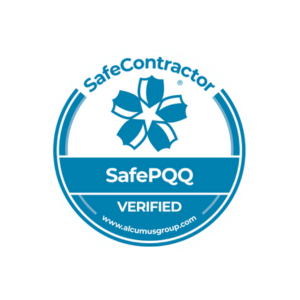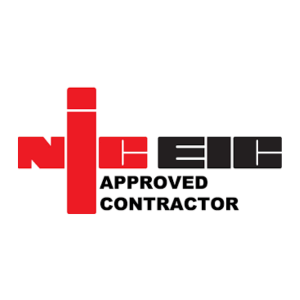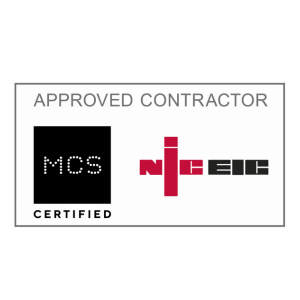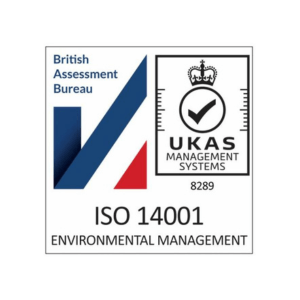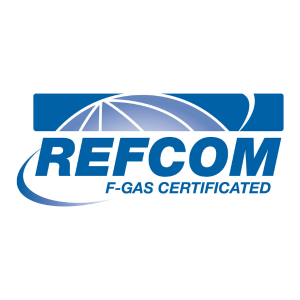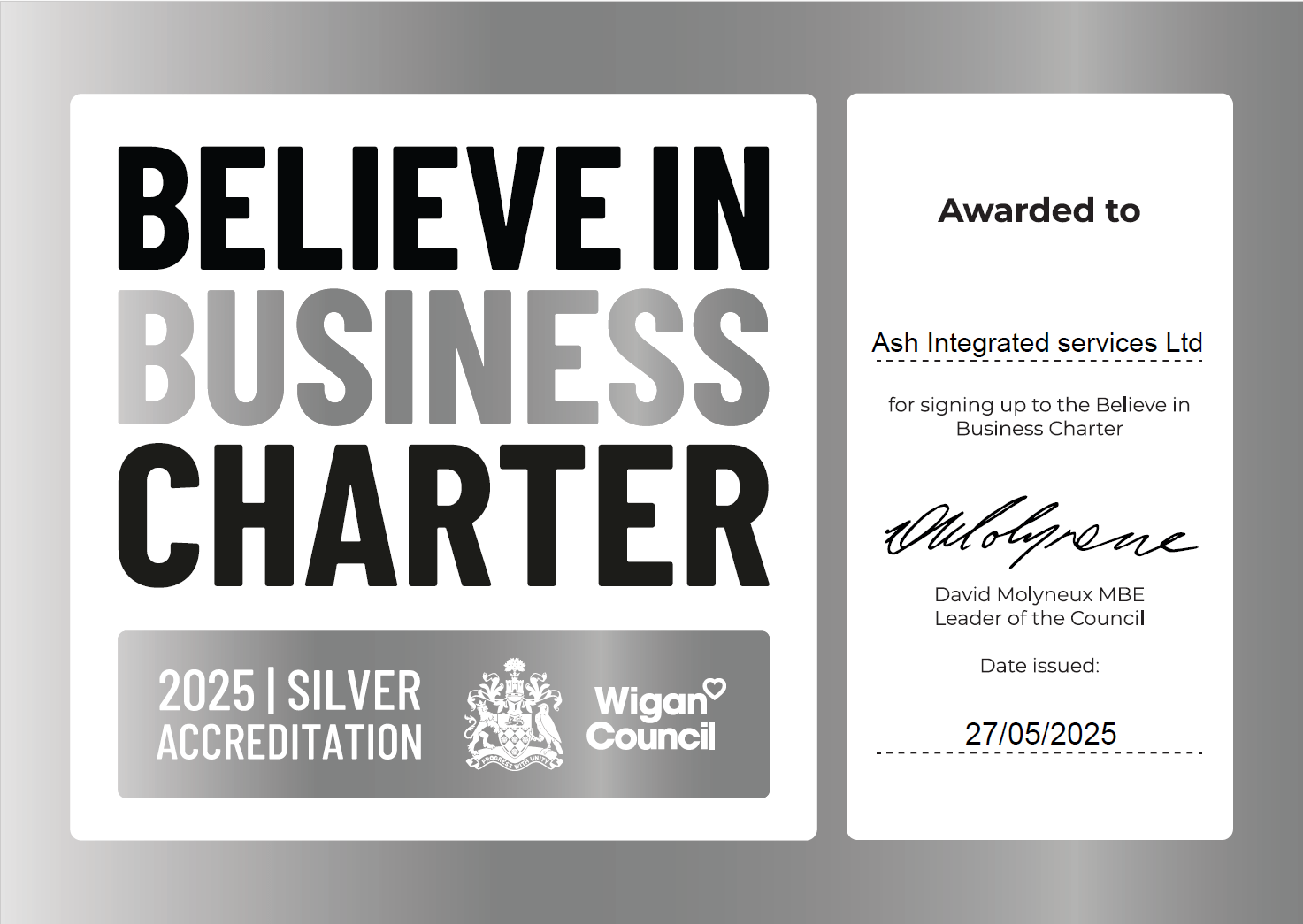In the world of construction and facilities management, the synergy between mechanical and electrical engineering is paramount for success.
Integrated solutions that harmonise these disciplines not only enhance project performance but also yield significant cost savings.
Here we delve into how this integration fosters success in project execution while simultaneously reducing overall costs.
1. Efficiency Through Integration:
Integrated mechanical and electrical engineering solutions offer a streamlined approach to project management. By consolidating these essential components under one umbrella, coordination becomes seamless, ending potential conflicts and delays.
From design conceptualisation to implementation and maintenance, this cohesive strategy ensures a cohesive workflow!
Maximising efficiency at every stage.
2. Centralised Project Oversight:
With integrated solutions, clients benefit from a centralised point of contact throughout the project lifecycle. This not only simplifies communication but also facilitates swift decision-making, leading to expedited project timelines.
Whether it’s troubleshooting issues or adapting to evolving project requirements, having a dedicated team overseeing both mechanical and electrical aspects ensures a holistic perspective and proactive problem-solving.
3. Optimised Resource Allocation:
By integrating mechanical and electrical engineering, resource allocation becomes more efficient.
With a unified team overseeing both disciplines, redundancies are minimised, and resources are allocated with precision, reducing waste and perfecting utilisation.
This optimised resource allocation translates directly into cost savings, as project budgets are used more effectively without compromising on quality or safety.
4. Enhanced Performance and Reliability:
Integrated solutions pave the way for enhanced performance and reliability in project outcomes.
With mechanical and electrical systems designed and implemented in tandem, compatibility issues are mitigated, ensuring seamless integration and optimal functionality.
This comprehensive approach not only enhances operational efficiency but also reduces the risk of system failures, minimising downtime and associated costs.
5. Lifecycle Cost Reduction:
One of the most significant benefits of integrated mechanical and electrical engineering solutions is their potential to drive down lifecycle costs.
By designing systems with long-term efficiency and maintenance in mind, integrated solutions help keep ongoing operational expenses at a minimum.
Additionally, proactive maintenance schedules and predictive analytics enabled by integrated systems further reduce the total cost of ownership over the project’s lifespan.
6. Realising the Benefits:
The advantages of integrated mechanical and electrical engineering solutions are clear: enhanced efficiency, centralised oversight, optimised resource allocation, improved performance, and reduced lifecycle costs.
By embracing this holistic approach, project stakeholders can achieve not only operational excellence but also significant cost savings.
As the construction and facilities management landscape continues to evolve, integrated solutions stand out as a safe route to efficiency and effectiveness in driving project success.





